Reading food labels correctly has become an essential skill for maintaining good health. Unfortunately, many people don’t understand what food labels are actually saying, which can lead to consuming unhealthy, harmful ingredients without even realizing it. At our core, we believe in helping people make smarter food choices. In this article, we break down exactly how to read food labels like a pro and spot ingredients you should avoid to protect your health.
Why Reading Food Labels Matters
Food labels are more than just numbers. They tell the story of what you’re about to eat—its calories, nutrients, added sugars, fats, and ingredients. Ignoring this information can lead to poor health decisions, especially when it comes to packaged foods. Understanding food labels helps us:
- Choose healthier products
- Avoid harmful additives and chemicals
- Manage allergies and sensitivities
- Control calorie intake
- Prevent long-term health issues
How to Read the Nutrition Facts Panel
The Nutrition Facts panel is usually located on the back or side of packaged food. Here’s how to read each section effectively.
1. Serving Size and Servings Per Container
Always begin here. Everything else on the label is based on this amount.
- Serving Size shows the recommended portion for one person.
- Servings Per Container tells you how many servings the package contains.
Tip: Many people consume the entire package, so multiply the nutrients by the number of servings you actually eat.
2. Calories
Calories represent the amount of energy the food provides. Knowing this helps you maintain or lose weight.
- 100 calories per serving is moderate
- 400+ calories per serving is high
Watch for “calories from fat”—if most calories come from fat, it may be a poor choice unless it’s healthy fat like from nuts or avocados.
3. Fats
There are different types of fats, and not all are bad.
- Saturated Fats – Limit to less than 10% of your daily calories.
- Trans Fats – Avoid completely. They increase bad cholesterol and heart disease risk.
- Unsaturated Fats – Found in olive oil, nuts, fish—these are healthy.
If a label says “0g trans fat” but lists partially hydrogenated oil, it still contains trans fat.
4. Cholesterol and Sodium
Too much sodium and cholesterol are linked to heart problems.
- Sodium: Aim for less than 2,300mg/day.
- Watch for hidden sources like “monosodium glutamate (MSG),” “baking soda,” or “disodium phosphate.”
Understanding the Ingredient List
The ingredient list tells you exactly what’s in your food. Ingredients are listed in order of weight, from most to least.
Ingredients to Avoid
1. High-Fructose Corn Syrup (HFCS)
Used as a cheap sweetener, HFCS is linked to obesity, diabetes, and liver disease.
2. Artificial Sweeteners
Examples include aspartame, saccharin, sucralose. These can disrupt gut health and may trigger headaches or anxiety in some people.
3. Artificial Colors and Dyes
Often labeled as Red 40, Yellow 5, Blue 1, these have been linked to behavioral problems in children and potential cancer risks.
4. Monosodium Glutamate (MSG)
Common in flavor-enhanced foods, MSG can cause headaches, nausea, and heart palpitations in sensitive individuals.
5. Sodium Nitrates and Nitrites
Found in processed meats, these have been connected to colon and stomach cancers.
6. Hydrogenated or Partially Hydrogenated Oils
These are the main source of trans fats, even if the label says “0g.”
7. BHA and BHT
Used to preserve fats in processed foods, they are suspected carcinogens.
8. Potassium Bromate
Added to breads to improve texture, but banned in many countries due to cancer concerns.
What “Natural” and “Organic” Really Mean
Food marketing can be deceptive. Here’s what these popular terms actually mean:
“Natural”
This term is not regulated in most countries. It does not mean the food is healthy, organic, or free from harmful additives.
“Organic”
This label means the product was made without synthetic pesticides, GMOs, artificial colors, or preservatives. Certified organic is always a safer and cleaner choice.
Hidden Sugar: Spotting Sugar by Its Other Names
Sugar hides behind more than 50 different names. Some of the most common include:
- Dextrose
- Maltose
- Cane juice
- Molasses
- Agave nectar
- Corn syrup
- Fruit juice concentrate
If multiple types of sugar appear in the top five ingredients, it’s likely a high-sugar product, even if it looks “healthy.”
Understanding Percent Daily Value (%DV)
% Daily Value tells you how much of a nutrient is in one serving, based on a 2,000-calorie diet.
- 5% or less is low
- 20% or more is high
Choose high %DV in fiber, vitamins, calcium, iron, and low %DV in saturated fats, sodium, and added sugars.
Food Additives to Watch Out For
1. Carrageenan
Used to thicken and preserve, carrageenan can irritate the gut and trigger inflammation.
2. Propyl Gallate
A preservative used in oils and meats, possibly linked to cancer and hormone disruption.
3. Titanium Dioxide
Used in candy and coffee creamers to make them appear white, but studies suggest potential DNA damage.
4. Sodium Benzoate
Combined with vitamin C, it may form benzene, a known carcinogen.
How to Shop Smart: Tips for Choosing Safer Foods
1. Buy Whole Foods Whenever Possible
Whole fruits, vegetables, nuts, and grains have no hidden ingredients.
2. Look for Short Ingredient Lists
If it has more than 5-7 ingredients, and many you can’t pronounce, skip it.
3. Use Apps to Scan Products
Apps like Yuka, Fooducate, and EWG’s Healthy Living can help you scan barcodes and rate food products instantly.
4. Shop the Perimeter of the Store
Fresh produce, dairy, meat, and seafood are usually placed around the edges of grocery stores—processed food tends to be in the middle aisles.
Top Healthy Alternatives to Harmful Ingredients
| Instead of… | Try This… |
|---|---|
| High-fructose corn syrup | Raw honey, maple syrup, stevia |
| Artificial colors | Beet juice powder, turmeric |
| MSG | Sea salt, herbs, nutritional yeast |
| Hydrogenated oils | Olive oil, coconut oil, avocado oil |
| Processed snacks | Homemade granola, air-popped popcorn |
Reading Labels for Special Diets
1. Gluten-Free
Look for certified “gluten-free” labels. Avoid wheat, barley, rye, malt, and brewer’s yeast.
2. Dairy-Free
Read for casein, whey, lactose, or anything “milk-derived.”
3. Vegan
Avoid eggs, dairy, honey, gelatin, and anything labeled with “casein” or “albumin.”
Conclusion: Be an Informed Eater, Not a Victim of Food Marketing
Every time we shop, we’re making a health decision. Reading food labels and avoiding harmful ingredients is one of the most powerful habits we can develop for long-term health. It’s not about being perfect—it’s about being informed and making better choices one label at a time.
The more you understand about what you’re putting into your body, the more control you have over your health, energy, and future. Don’t be fooled by marketing buzzwords—go deeper, read the label, and choose wisely.
Beehive Restaurant and Lounge is a vibrant culinary destination in Portland, Oregon, offering a unique blend of authentic African cuisine infused with the sweetness of honey. Whether you’re joining us for a meal or a special celebration, Beehive is your hive of warmth, hospitality, and exceptional culinary delights. Connect with us on social media and join our community to stay updated on our latest offerings and events!



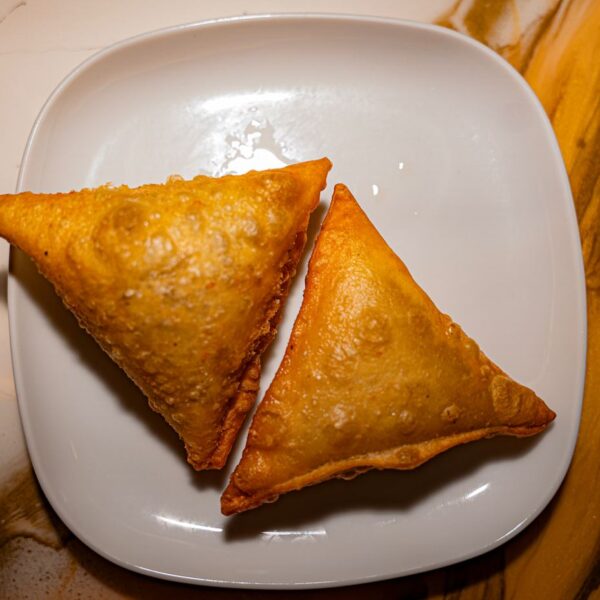
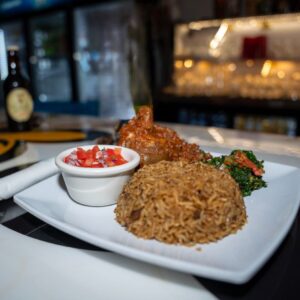
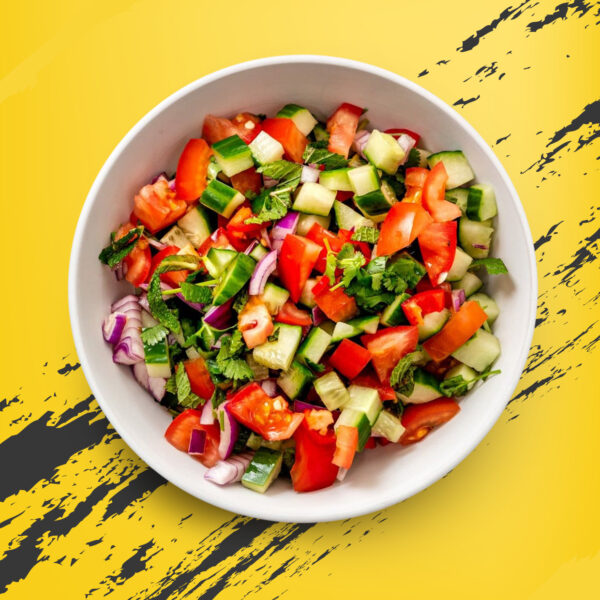

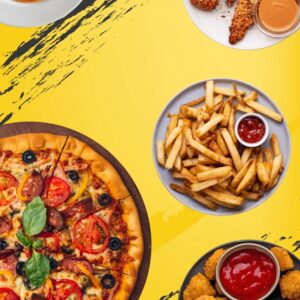
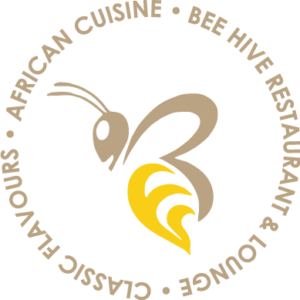
Beehive Restaurant and Lounge offers a unique experience of African culture through its delicious food and warm atmosphere. The menu features traditional African dishes prepared with fresh ingredients and a touch of honey. It’s not just about eating; it’s about sharing stories and celebrating heritage. The restaurant’s commitment to authenticity and community makes it a must-visit in Portland.